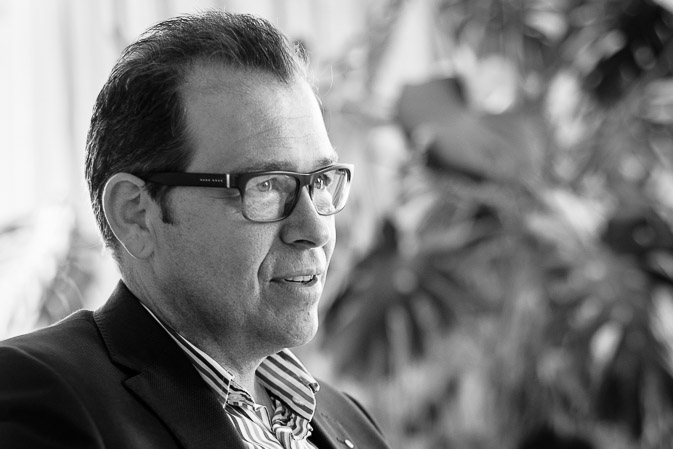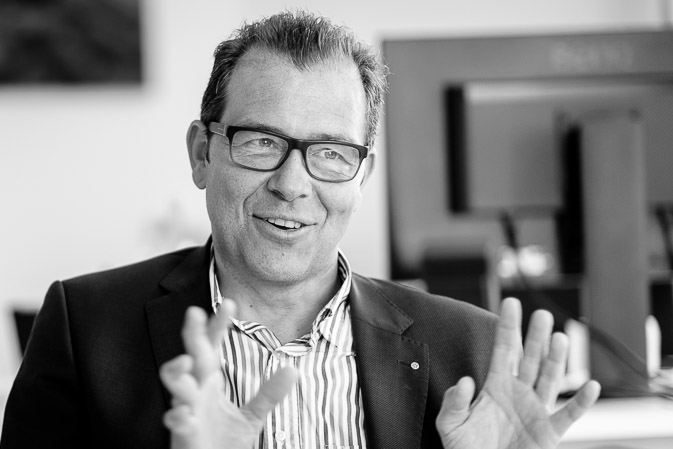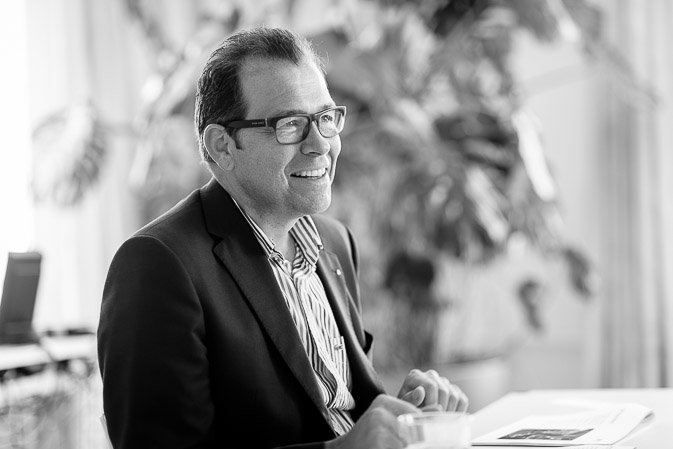echo-interview with Marco Beng, CEO of the Swiss Epilepsy Foundation (EPI)
elipsLife echo: Mr Beng, EPI was founded in 1886 to cater to people with epilepsy. Today it is a multi-purpose entity that carries out several different mandates for the public sector. Can you elaborate a little?
Marco Beng: As a multi-purpose enterprise, the Swiss Epilepsy Foundation operates the EPI Residential Facility, which is a home for people with disabilities – mostly epilepsy sufferers – the EPI Hospital School, the Lengg Senior High School and the Schenkung Dapples, which is a residential facility for young people. In partnership with the Zurich Foundation for Rehabilitation Centres, the EPI also administers the Klinik Lengg AG, a clinic for epileptology and neurorehabilitation. There are approximately 850 employees engaged in these social efforts. All these entities have mandates from the social, education and health departments of Canton Zurich, and – in the case of the young people’s residential facility – from the Federal Ministry of Justice.
Over time, the Foundation has taken on aditional tasks and projects. Can you elaborate?
An important focus is on counselling for epilepsy sufferers. Epilepsy can strike anyone at any time. It’s not just a congenital disorder but can also be triggered by a mechanical impact such as a blow to the head, a fall from a ladder or a car accident. Viruses, bacteria, a stroke or other abnormal changes in the brain can also be the cause. Epilepsy turns people’s lives upside down. In such cases, we offer victims comprehensive counselling, which is largely funded by EPI. EPI also offers financial assistance in instances of patient hardship, caused by the high cost of emergency services for example. People in homes for the handicapped also receive aid from EPI. This might come in the form of subsidies to improve their mobility, to enable them to take holidays or the co-financing of purpose-built facilities designed to make life less arduous for them. Some of the research carried out by the clinic leads the world. These activities, too, are supported by EPI.



